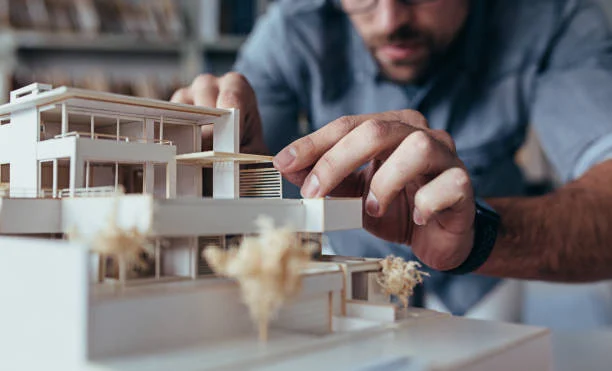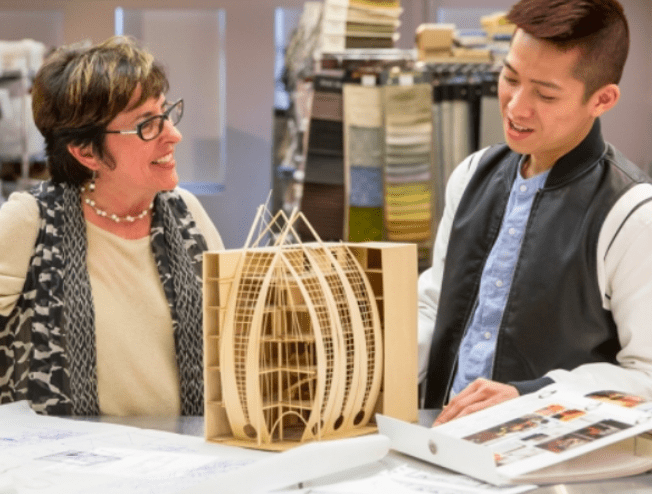In the realm of architectural creation, where lines metamorphose into blueprints and sketches shape tangible wonders, the architecture drawing tables stands as a silent yet essential protagonist. This article delves into the enigmatic world of these workstations, exploring their design, functionality, and their indelible role in the genesis of architectural masterpieces.
Ergonomics and Elegance The Anatomy of Architecture Drawing Tables
Contents
- 1 Ergonomics and Elegance The Anatomy of Architecture Drawing Tables
- 2 Designing Vistas The Architecture Drawing Table as a Canvas
- 3 The Symphony of Materials A Tapestry of Wood, Metal, and Glass
- 4 Illuminating Genius Task Lighting for Precision
- 5 From Classic Elegance to Modern Innovation A Design Spectrum
- 6 Spatial Dialogue Drawing Tables as Collaborative Hubs
- 7 The Ritual of Creation Architectural Sanctuaries
- 8 Where Dreams Converge with Reality
An architecture drawing table is more than a mere piece of furniture—it’s an ergonomic oasis for creative minds. Crafted with precision, it marries form and function. Height-adjustable features cater to diverse postures, while tiltable work surfaces ensure an optimal angle for intricate sketching and drafting. Drawers and compartments, reminiscent of architectural compartments, offer sanctuaries for tools, plans, and inspiration.
Read Also: The Artistry of Architectural Drawing A Symphony of Lines and Vision
Designing Vistas The Architecture Drawing Table as a Canvas
Just as an architect meticulously designs spaces, the drawing table serves as a canvas for creative endeavors. Its expansive surface provides an open expanse, inviting sketches, plans, and models to materialize. Architects’ visions are etched onto this canvas with every stroke of a pencil, every glide of a pen, and every tap of a ruler, making the table a testament to their visual musings.
Read Also: The Simplicity and Elegance of Basic Architecture Drawing
The Symphony of Materials A Tapestry of Wood, Metal, and Glass
Drawing tables, much like architectural structures, embrace an orchestra of materials. Fine woods, polished metals, and sleek glass blend harmoniously to create a visual symphony. These materials do more than lend aesthetics; they offer durability, stability, and tactile pleasure, ensuring that the drawing table becomes an extension of the artist’s touch.
Read Also: Axonometric Architecture Drawing A Multidimensional Exploration of Design
Illuminating Genius Task Lighting for Precision
As light streams through stained glass, so does illumination grace the drawing table. Task lighting, akin to architectural lighting design, ensures that no detail goes unnoticed. Adjustable lamps cast light where it’s needed, revealing the nuances of sketches and enhancing focus. Just as a building’s lighting sets its ambiance, so too does task lighting set the mood for creation.
Read Also: Crafting Tomorrow The Intricacies of Building Architecture Drawing
From Classic Elegance to Modern Innovation A Design Spectrum
The architecture drawing table evolves through time, embracing various design philosophies. Classic wooden models evoke nostalgia, transporting architects to a bygone era of drafting mastery. Sleek, minimalist designs exemplify modernity, blending seamlessly into contemporary workspaces. From vintage charm to futuristic flair, these tables encapsulate the architectural journey through design epochs.
Read Also: Roman Architecture Drawing Unveiling the Grandeur of Antiquity
Spatial Dialogue Drawing Tables as Collaborative Hubs
In architecture, dialogue shapes designs, and similarly, drawing tables foster collaboration. These stations become epicenters where architects, designers, and clients converse through sketches and diagrams. Ideas flow as lines merge and diverge on the table’s surface, culminating in collective visions that form the blueprint for transformative spaces.
The Ritual of Creation Architectural Sanctuaries
An architecture drawing table isn’t merely a workstation—it’s a sacred space where creativity flourishes. Architects engage in a ritualistic dance as they approach the table, armed with tools and imagination. The table’s tactile textures, the reassuring stability, and the anticipation of creation envelop them in a cocoon of artistic inspiration.
Where Dreams Converge with Reality
In the captivating realm of architecture, drawing tables are more than utilitarian furnishings; they’re vessels of inspiration and conduits of dreams. As architects navigate their designs, these tables become sanctuaries where sketches and ideas transcend paper to manifest in the built environment. Through their carefully crafted design, these tables immortalize the architectural process—one line, one detail, one masterpiece at a time.













